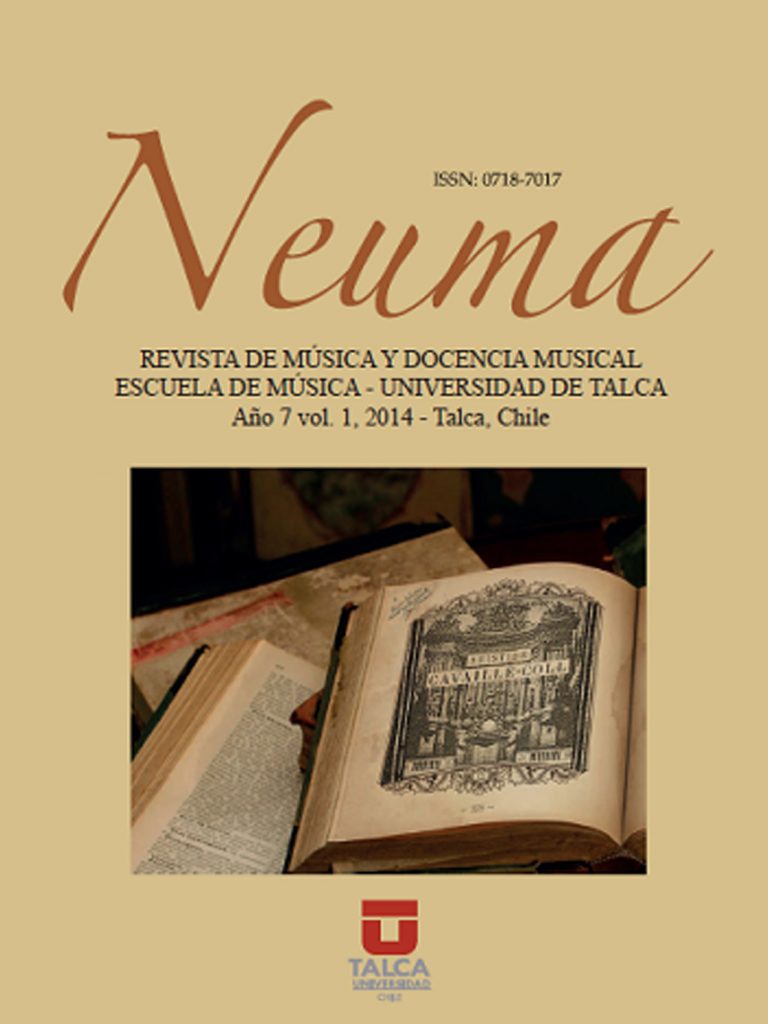Abstract
The fields of music education and ethnomusicology in academic research are getting more closer in the way that Brazil like many other Latin-American countries are trying to honor and integrate the oral music traditions of African and Amerindian roots as cultural heritage and special contents for arts and music in basic school. This paper works out in a very resumed way some of the most important aspects of my PhD thesis and is also the result from long and continuous relationship of research and cultural production with the universe of samba de roda in the Recôncavo baiano. Through the life stories of several elderly samba masters are worked out, some qualities and characteristics of organic musical learning in the cultural context of oral and Afro-Brazilian tradition which had been deprived from formal education, but reveals a lot of esthetic and sensible forms of musical transmission and personal growth and wisdom.
References
Doring, Katharina (2004). “O samba da Bahia – Tradição pouco conhecida”. Revista ICTUS, vol 05, Salvador PPGMUS – UFBA, pp. 69-92.
Doring, Katharina (2010). Wahrnehmung und Ausdruck in afrobrasilianischen TanzMusik-Traditionen – sinnlich-ästhetisches Lernen im Samba de Roda – Recôncavo. Dissertation, Universität Siegen.
Fonterrada, Marisa Trench de Oliveira (2005). De tramas e fios: um ensaio sobre música e educação. Sao Paulo: UNESP.
Geertz, Clifford (1989). A Interpretação das Culturas. Rio de Janeiro: Ed. Guanabara.
Ilari, Beatriz Senoi (2006). Em busca da mente musical: ensaios sobre os processos cognitivos em música – de percepção á produção. Curitiba: Editora da UFPR.
Jacoby, Peter (2000). Die eigene Stimme finden. Detmold: Blaue Eule Verlag.
Koellreutter, Hans J (1990). Educação Musical no Terceiro Mundo. Cadernos de Estudo: Educação Musical I, São Paulo: UFMG.
Krieger, Wolfgang (2004). Wahrnehmung und ästhetische Erziehung. Bochum: Projekt-Verlag.
Maturana, H. u. Verden-Zöller, G. (1994). Liebe und Spiel. Heidelberg: CarlAuer-Systeme.
Oliveira Pinto, Tiago de (1991). Capoeira, Samba, Candomblé. Berlin: Staatliche Museen
Oliveira Pinto, Tiago de (2001). “Som e música - Questões de uma Antropologia Sonora”, Revista da Antropologia da USP, no.44, pp. 221 – 286.
Queiroz, Luiz R. Silva (2010). “Educação musical e etnomusicologia: caminhos, fronteiras e diálogos”, Opus, v. 16, n. 2, pp. 113-130.
Sandroni, Carlos (2005). Dossiê IPHAN 4: Samba de Roda do Recôncavo Baiano. Brasília: IPHAN.
Seitz, Hanne (1996). Räume im Dazwischen. Bewegung, Spiel und Inszenierung im Kontext ästhetischer Theorie und Praxis. Essen: Klartext Verlag.
Senge, Scharmer, Jaworski, Flowers (2007). Presença. Propósito humano e o campo do futuro. São Paulo: Ed. Cultrix.
Skiera, Ehrenhard (2003). Reformpädagogik in Geschichte und Gegenwart. München: Wissenschaftsverlag.
Wetzel, Tanja (2005). Geregelte Grenzüberschreitung. Das Spiel in der ästhetischen Bildung. München: Kopaed.

This work is licensed under a Creative Commons Attribution-NonCommercial 4.0 International License.
Copyright (c) 2014 Neuma (Talca)

